I have a value in column A on the transactions sheet which contains an Identifier for a Deal.
To be able to find out the customer information for this Deal I look in another sheet called Deal Information. Here there is a value in Column F which matches a value in Column A on the transactions sheet. Although on the Deal Information sheet it lists all the customers who are part of this deal as well as a unique identifier for each of the customers.
On the transactions sheet I have created a new column where by I want to display the list of ID's associated to a particular deal in comma delimited format if possible if not then a space will be good too.
transactions data:
Column A:ID Column: AA: BID Multiple 1 ? 2 ? 3 ? 4 ?
Roots data:
Column C: ID Column: D: BID 1 100 1 200 1 300 2 101
Expected Result in transaction table based on example.
Column A ID Column AA: BID Multiple
1 100,200,300
2 101
3 ?
4 ?
Sub test()
Dim wb As Workbook
Set wb = ThisWorkbook
Dim ws As Worksheet
Dim lastRow As Long
Set ws = ThisWorkbook.Worksheets("Roots")
lastRow = ws.Cells(ws.Rows.Count, "A").End(xlUp).Row
Dim valuesArr()
valuesArr = ws.Range("F2:G" & lastRow) ' 1 TO 4, 1 TO 2
Dim dict As Object
Set dict = CreateObject("Scripting.Dictionary")
Dim valuesString As String
Dim currValue As Long
Dim currRotation As Long
Dim index As String
For currRotation = LBound(valuesArr, 1) To UBound(valuesArr, 1)
index = valuesArr(currRotation, 1)
currValue = CStr(valuesArr(currRotation, 2))
If Not dict.Exists(index) Then
dict.Add index, currValue
Else
dict(index) = dict(index) & ";" & currValue
End If
Next currRotation
Dim wsTarget As Worksheet
Dim lastRowTarget As Long
Set wsTarget = ThisWorkbook.Worksheets("transactions")
lastRow = wsTarget.Cells(ws.Rows.Count, "A").End(xlUp).Row
Dim valuesArr2()
valuesArr2 = wsTarget.Range("A2:AA" & lastRow)
Dim testValue As String
For currRotation = LBound(valuesArr2, 1) To UBound(valuesArr2, 1)
testValue = dict(CStr(valuesArr2(currRotation, 1)))
If testValue = vbNullString Then testValue = "?"
valuesArr2(currRotation, 27) = testValue
Next currRotation
wsTarget.Range("A2").Resize(UBound(valuesArr2, 1), UBound(valuesArr2,
27)) = valuesArr2
End Sub
